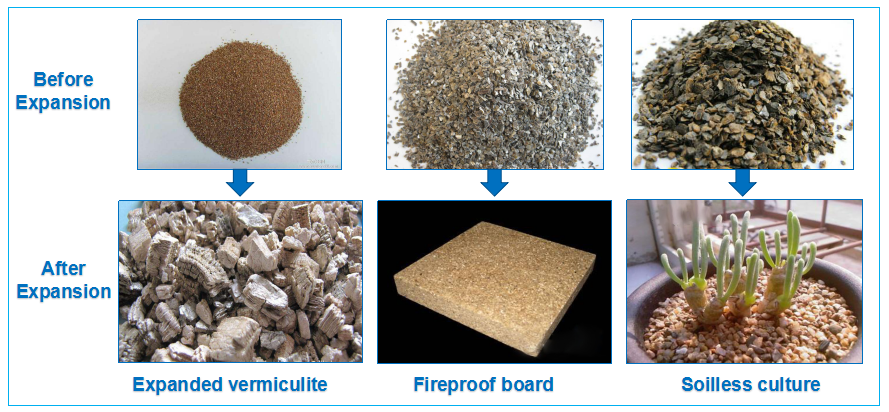bolt. The nut eccentricity and the threaded part of the nut should be less than 0.2mm; the nut is used to fix the bolt on the mold, and the machining accuracy is strictly enforced by the national standard. In order to ensure the accuracy of the hole on the bolt, the bracket is required to have high rigidity and small deformation. The bracket is welded by Llx6 angle steel, 40mm thick steel plate and 18 channel steel. After welding the bracket and the pallet, make sure that the surface of the pallet is the same. On the plane, the error shall not exceed 0.5mm. The plane layout of the pre-embedded bolts of the drying tower equipment (3) The upper and lower sides of the mould shall be flat, the surface flatness shall be less than 0.1 mm, and the hole for threading inspection shall be used for the meter. The floor boring machine is leveled, and the equipment manufacturer is provided with a template for drilling. The hole diameter deviation is 0.1 mm, and the relative position deviation of the hole: * 0.1 ram, the deviation of the + word positioning line on the mold requires 矣. Lmm, width pre-embedded bolt fixing system plane-1-100x6 angle steel welded to the column; 2- diameter 30.2mm light-installation positioning line engraved on the surface of the steel plate; 5--concrete pouring slurry hole; 6-die both sides are flat; 7-300mmx300mmx40mm bracket plate; 8-Llx6 angle steel welded on the vertical raft; 9-M20 fine tooth leveling bolt. Pre-bolt bolt fixing system façade-M20 fine tooth leveling bolt; 2 -M30 pre-embedded bolt; angle steel; 4 - 300mmx300mmX40mm bracket upper plate; 5-M30 refined nut up and down clamping; 6-Llx6 angle steel; 7- The thickness of the concrete is 100mm. The deviation is 0.1mm. When the bracket is embedded, the concrete is poured twice. The first concrete is poured onto the lower surface of the bracket and the fine stone is used in the joint between the bracket and the concrete. The concrete is poured and smoothed with an iron trowel so that the relative error is controlled within 1 mm. After the concrete has a certain strength, the lifting bracket is started. In the hoisting of the bracket, the theodolite and the level gauge are used to control the axial displacement of the bracket and the horizontal precision of the bracket on the bracket to ensure that the error is within 1 mm, and then the relative positions of the two brackets are Fixed. Fixing the mold and bolts Firstly fix the bolts on the mold with nuts and then lift the mold. When lifting the mold, pay attention to prevent deformation of the mold, and gently hang it to prevent collision. After the mold is put on the frame, the position is manually corrected, and then the positioning line is controlled by the theodolite to coincide with the inner line of the concrete foundation positioning line. Check the level of the mold with a water level gauge, and adjust the level with the M20 fine tooth leveling bolt. Then use the theodolite to check the mold positioning size. This way, the calibration is repeated to make the mold accurate and the upper level can be absolutely level. The pre-embedded bolt is clamped up and down on the mold with a nut, and measured with a square and a micrometer to ensure the relative position of the pre-embedded bolt and its perpendicularity with respect to the mold. After all the adjustment bolts are tightened, the bracket plate is supported. The gap between the mold and the mold is plugged with the horn, and the mold is spot-welded with the bracket plate, and the nut and the mold are spot-welded to make the connection firm. The position and level of the mold and the perpendicularity of the bolt relative to the mold must be observed at any time to prevent deformation. Before pouring concrete, prepare a detailed concrete construction plan, fully consider the influence of temperature stress on large-volume concrete, make a detailed technical basis for the operator, and arrange the surveying personnel to track the bolt displacement during the concrete pouring process to ensure that the concrete is in the concrete. The bolts are not displaced during the pouring process. Due to sufficient preparation and technical measures, the bolts exposed on the concrete surface were observed after the concrete was poured, and the deviations met the requirements. In the subsequent tens of tons of drying tower lifting process, once in place successfully, to ensure the smooth installation of the equipment.
Vermiculite slabs commonly used in the construction industry are made of Expanded Vermiculite. Raw vermiculite becomes expanded vermiculite after expansion. Vermiculite Expansion Furnace is a kind of equipment that calcines raw vermiculite into expanded vermiculite at high temperature. Expanded vermiculite is widely used in agriculture and horticulture as well as in construction industry. The vermiculite expansion furnace produced by our company is a kind of energy-saving and environmental protection equipment with low cost and high benefit. At present, Vermiculite Expansion Equipment developed by our company can not only use gas as fuel, but also use natural gas as fuel.

Vermiculite Expansion Equipment
Perlite Vermiculite,Vermiculite Expansion Equipment,Vermiculite Expansion Plant,Professional Vermiculite Expansion Equipment
Henan Dianyan New EnergyTechnology Co. Ltd , https://www.cngasifier.com